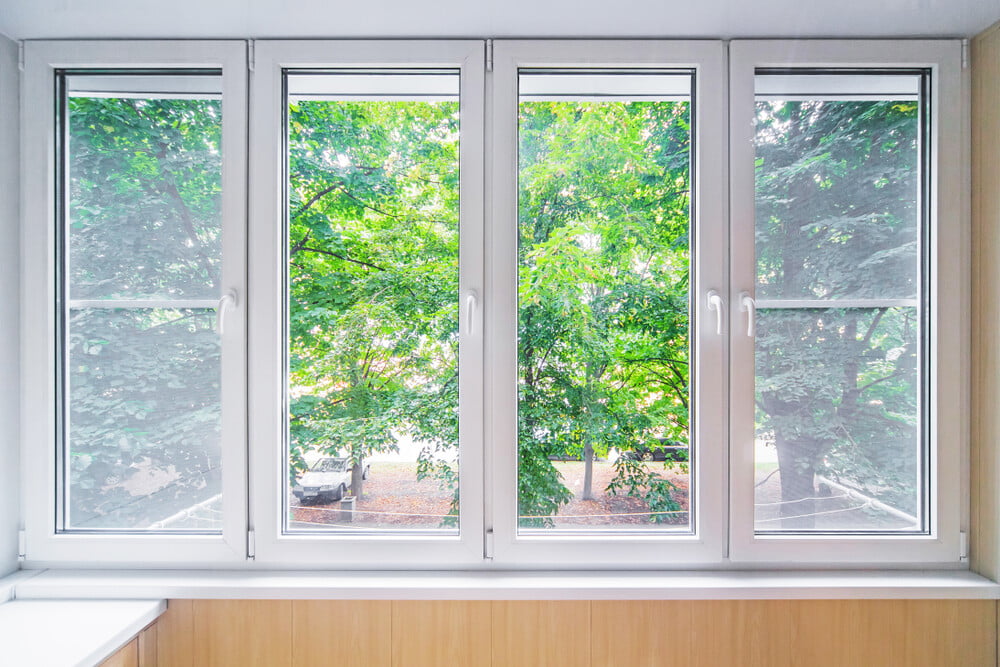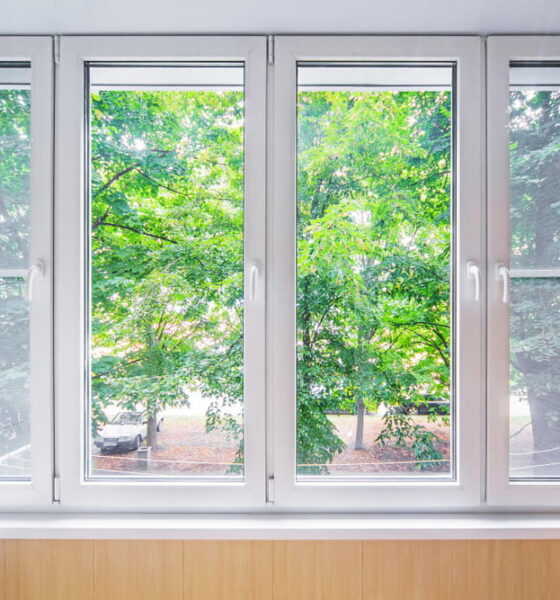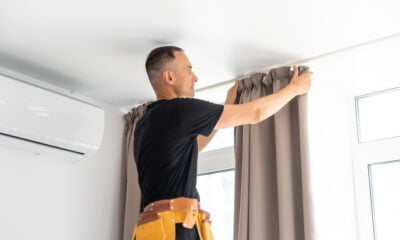Have you just bought a house recently, or are you considering replacing windows? Then this article is for you! You will get to know what materials windows are made, all their advantages and disadvantages, the most popular manufacturers and pricing. Enjoy reading!
Many people who think about replacing the windows can not decide on vinyl or fiberglass materials to choose from.
There are four basic materials for windows: metal (mainly aluminum), wood, vinyl, and fiberglass. Vinyl, fiberglass, and wood are good heat insulators, as they have low thermal conductivity. For metal, this indicator is higher, but it can be reduced with thermal inserts. The advantage of metal windows is their high environmental resistance. This is the most expensive type of window.
The frames of wooden windows, as a rule, are made of pine and walnut, although today you can also find windows made of oak, beech, and even trimmed wood. They have an attractive appearance of natural material and considered to be environmentally friendly. These windows also have drawbacks – they can get damp, rot and be damaged by microorganisms.
Therefore, vinyl or fiberglass are considered the most popular window materials due to their low cost, neat appearance, long-term use, and versatility. We will tell you about their advantages and disadvantages below.
Fiberglass windows
Fiberglass, as a material, has been known for a long time, it is actively used in shipbuilding, automotive, and defense. Fiberglass structures can be equipped with single glass, double glass (single-chamber bag) or triple glass (package with two air chambers).
The most popular fiberglass windows manufacturers are: Andersen, Pella Corp, Marvin, Milgard, Velux USA, YKK AP America.
Prices for fiberglass windows depend on the size, type of the window frame, number of windows and the location of the building where the windows will be installed. When we asked Legacy Service USA LLC about window installation services they said the prices range start from 200 to 900 dollars per window. This cost of fiberglass windows is only for materials, installing a window will cost another 100-500 dollars.
Advantages:
- Thermal insulation. Fiberglass in itself has a low level of thermal conductivity;
- Resistant to deformation, does not narrow and does not expand during abrupt climate changes.
- Environmental friendliness. Despite the fact that fiberglass is a synthetic material, it is non-toxic and safe for human health and the environment.
- Fire resistant and fireproof.
- Does not rust, does not rot, does not fade under the influence of sunlight.
Disadvantages:
- The cost is higher than vinyl windows.
- The fiberglass profile cannot be bent. Thus, arched or round structures made of fiberglass cannot be manufactured.
- Fiberglass windows can be used for a longer period than wooden and aluminum structures, but still not as long as vinyl windows.
Vinyl windows
Vinyl windows (polyvinyl chloride windows) are made of translucent structures consisting of a plastic profile, a double-glazed window and window fittings.
Polyvinyl chloride (PVC) is a thermoplastic synthetic material suitable for recycling, from which, in addition to windows, electric kettles, TV sets, sockets, etc. are made.
Prices for vinyl windows also depend on the size, type of window frame and number of windows. Prices range from 200 to 600 dollars per window and 100-300 dollars per installation.
The most popular manufacturers are JELD-WEN, Marvin Windows and Doors, Pella Corp and Ply Gem Windows.
Advantages
- Environmental friendliness. Manufacturers of windows use environmentally friendly plastic, which is harmless to the human body and does not pollute the environment.
- Tightness. This type of window does not let in extraneous sounds and has high sound insulation performance. In addition, the room temperature is higher, as they retain heat better.
- High performance and durability.
- Resistant to various temperatures, weather conditions, humidity. They do not rot, do not swell and do not dry out.
- Relatively low price.
Disadvantages:
- Electrostatic Dust sticks well to plastic frames, so you need to wash them regularly.
- Polyvinyl chloride tends to change its density with temperature changes. In the heat, the frames expand, and in the cold they contract, which can cause cracks and crevices to form between the window and the wall.
- Bulky and expensive due to several double-glazed windows. To keep warm in a harsh winter, 2 or even 3 glass blocks must be inserted into the plastic frames. Of course, this affects the cost of windows.
Conclusion
Vinyl and fiberglass windows have their advantages and disadvantages. If you dare to replace your window, we advise you to carefully get acknowledged with the features of these types and evaluate the financial costs or to make the right decision.


 Environment10 months ago
Environment10 months agoAre Polymer Banknotes: an Eco-Friendly Trend or a Groundswell?

 Environment12 months ago
Environment12 months agoEco-Friendly Home Improvements: Top 7 Upgrades for 2025

 Features9 months ago
Features9 months agoEco-Friendly Cryptocurrencies: Sustainable Investment Choices

 Features10 months ago
Features10 months agoEco-Friendly Crypto Traders Must Find the Right Exchange





















